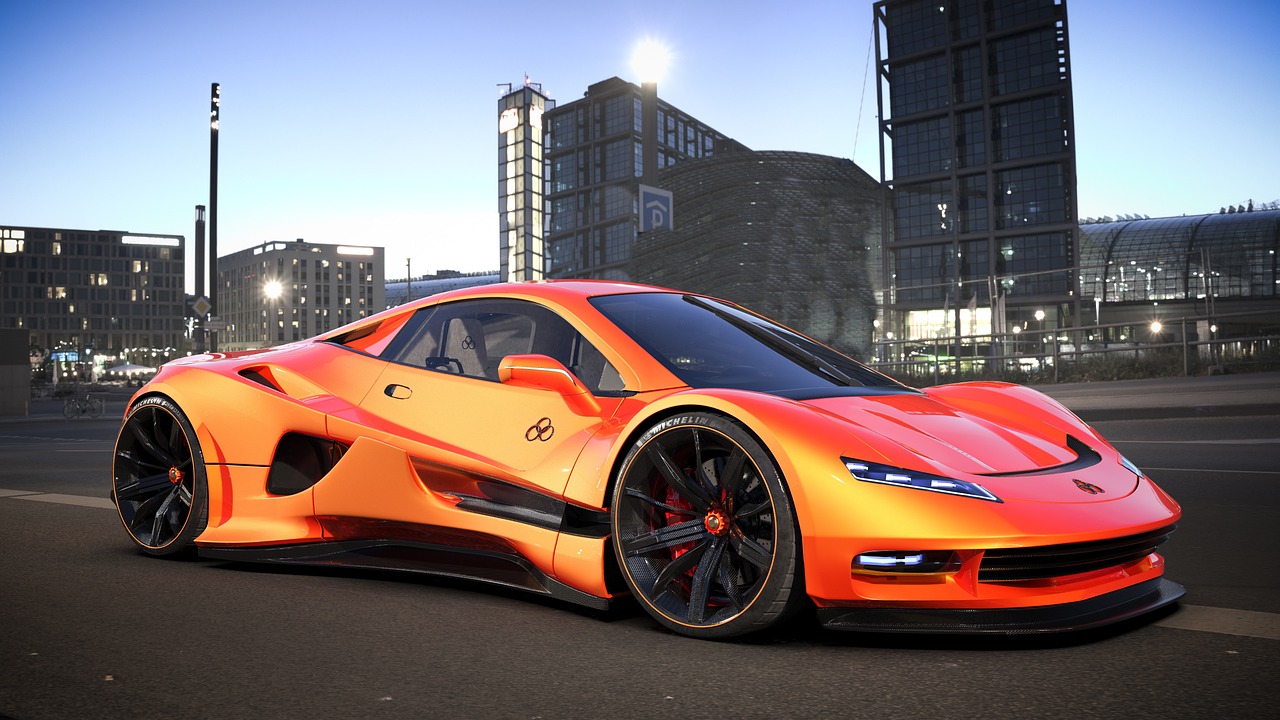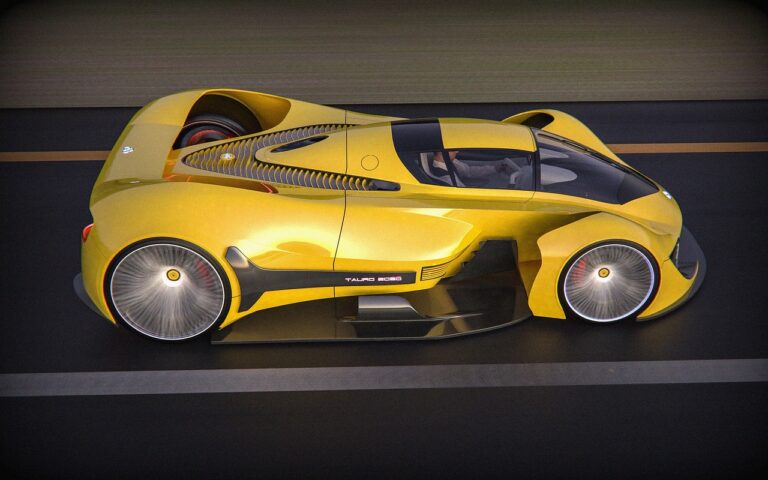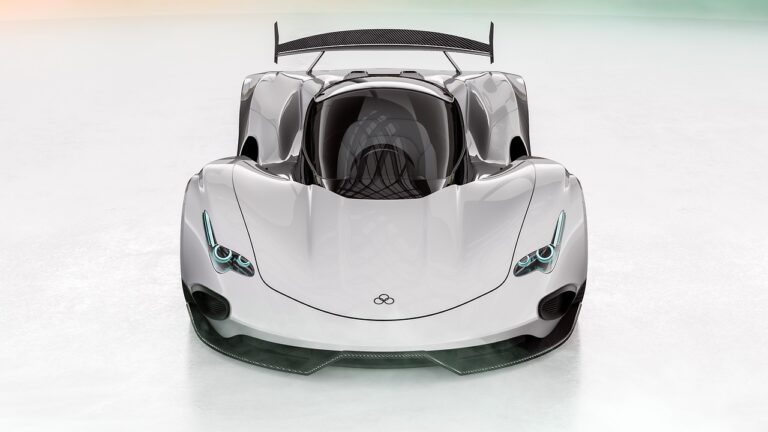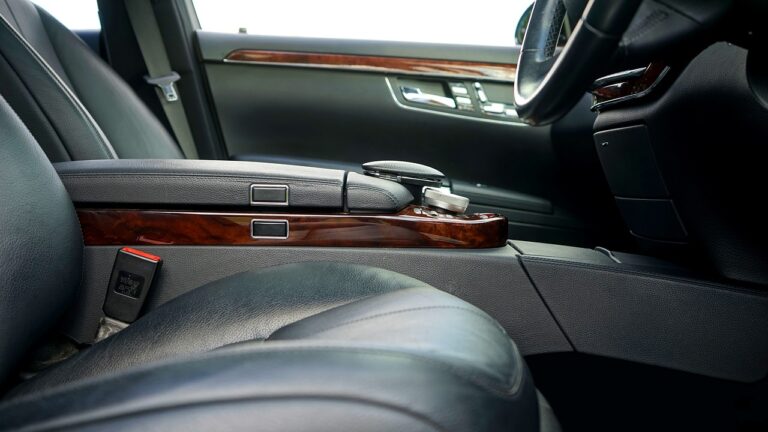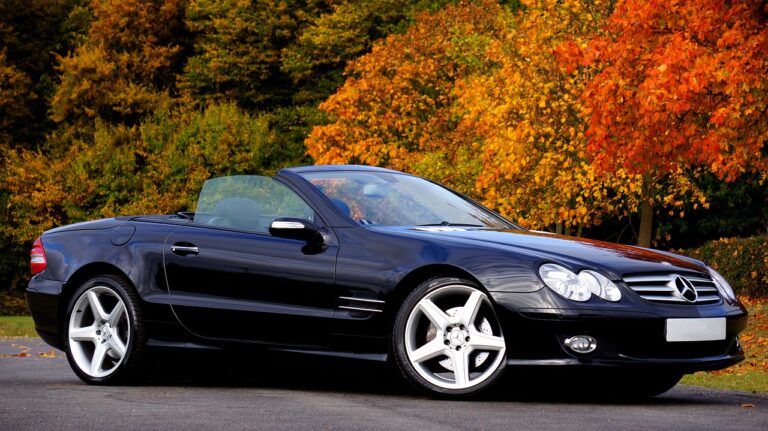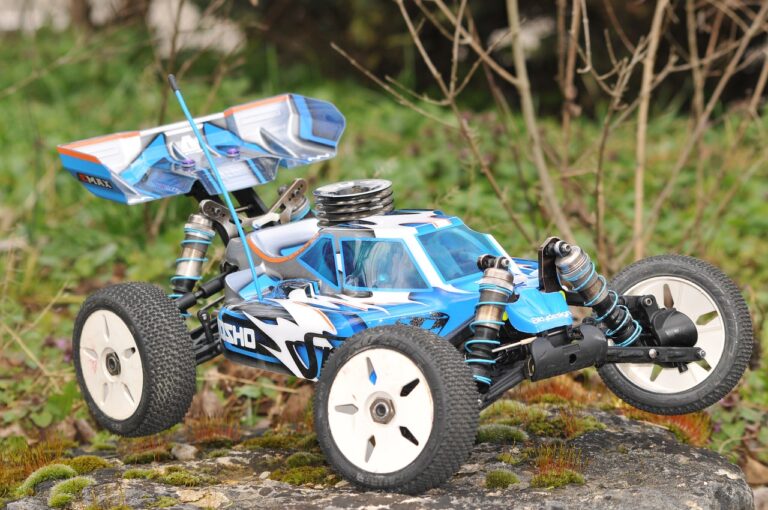Analyzing the Role of Automotive Air Conditioning in Vehicle Adaptive Torque Vectoring Systems
bet bhai, cricket bet 99, diamondexch9:Automotive air conditioning is a crucial component in modern vehicles, keeping drivers and passengers comfortable during long journeys and in hot weather conditions. But did you know that it also plays a key role in vehicle adaptive torque vectoring systems? In this article, we will delve into the importance of automotive air conditioning in ensuring the optimal performance of torque vectoring systems.
What is Torque Vectoring?
Torque vectoring is a technology used in vehicles to improve their handling and performance by distributing torque to individual wheels. By varying the amount of torque sent to each wheel, torque vectoring systems can enhance traction, stability, and overall driving dynamics. This technology is especially useful in high-performance vehicles and off-road vehicles where precise control is essential.
The Role of Automotive Air Conditioning
You might be wondering how automotive air conditioning is connected to torque vectoring systems. Well, the answer lies in the cooling system of the vehicle. The air conditioner in a vehicle plays a crucial role in managing the temperature of various components, including the engine, transmission, and torque vectoring system.
During aggressive driving or in extreme weather conditions, the components of the vehicle can heat up quickly, leading to a decrease in performance and potentially causing damage. The automotive air conditioning system helps to regulate the temperature of these components, ensuring that they operate efficiently and effectively.
Additionally, the air conditioning system also helps to cool the cabin of the vehicle, keeping the driver and passengers comfortable and focused on the road ahead. A comfortable driving environment is essential for maintaining concentration and ensuring a safe driving experience.
How Automotive Air Conditioning Affects Torque Vectoring Systems
The temperature of the components in a vehicle can have a direct impact on the performance of torque vectoring systems. When the components heat up, their efficiency decreases, leading to a reduction in the effectiveness of the torque vectoring system. This can result in decreased traction, stability, and overall handling of the vehicle.
By incorporating the automotive air conditioning system into the equation, manufacturers can ensure that the components remain at the optimal temperature for maximum performance. The air conditioning system helps to dissipate heat from the components, allowing them to operate at their peak efficiency.
FAQs
1. How does the automotive air conditioning system cool the components of the vehicle?
The automotive air conditioning system uses a refrigerant to absorb heat from the components and release it outside the vehicle. This process helps to regulate the temperature of the components and prevent overheating.
2. Can I turn off the air conditioning system to save fuel?
While turning off the air conditioning system can save fuel, it is not recommended to do so for an extended period, especially in hot weather conditions. The air conditioning system plays a crucial role in maintaining the temperature of the components and ensuring optimal performance.
3. Are torque vectoring systems only found in high-performance vehicles?
Torque vectoring systems are commonly found in high-performance vehicles, but they are also being incorporated into more mainstream vehicles to improve handling and driving dynamics. The technology is becoming more accessible to a wider range of vehicles.
In conclusion, automotive air conditioning is not just about keeping you cool on a hot day. It also plays a vital role in maintaining the optimal performance of torque vectoring systems in vehicles. By regulating the temperature of the components, the air conditioning system ensures that the torque vectoring system operates efficiently, enhancing traction, stability, and overall driving dynamics. So next time you turn on the air conditioning in your car, remember that it’s not just for comfortit’s also for performance.

